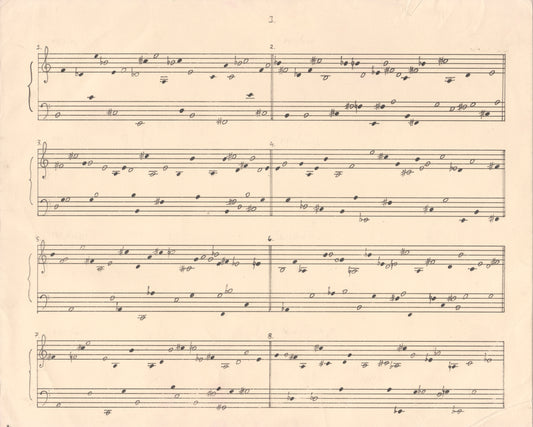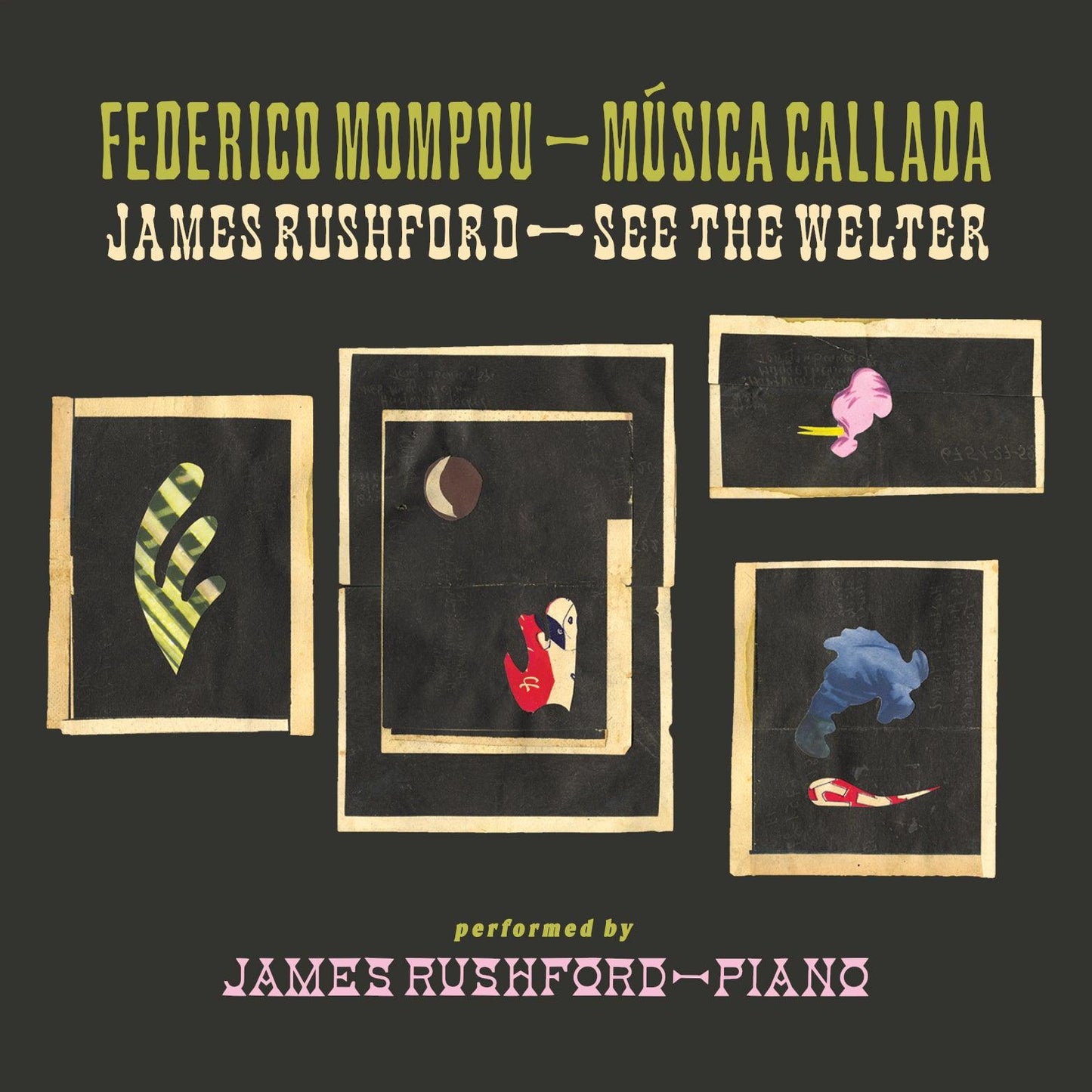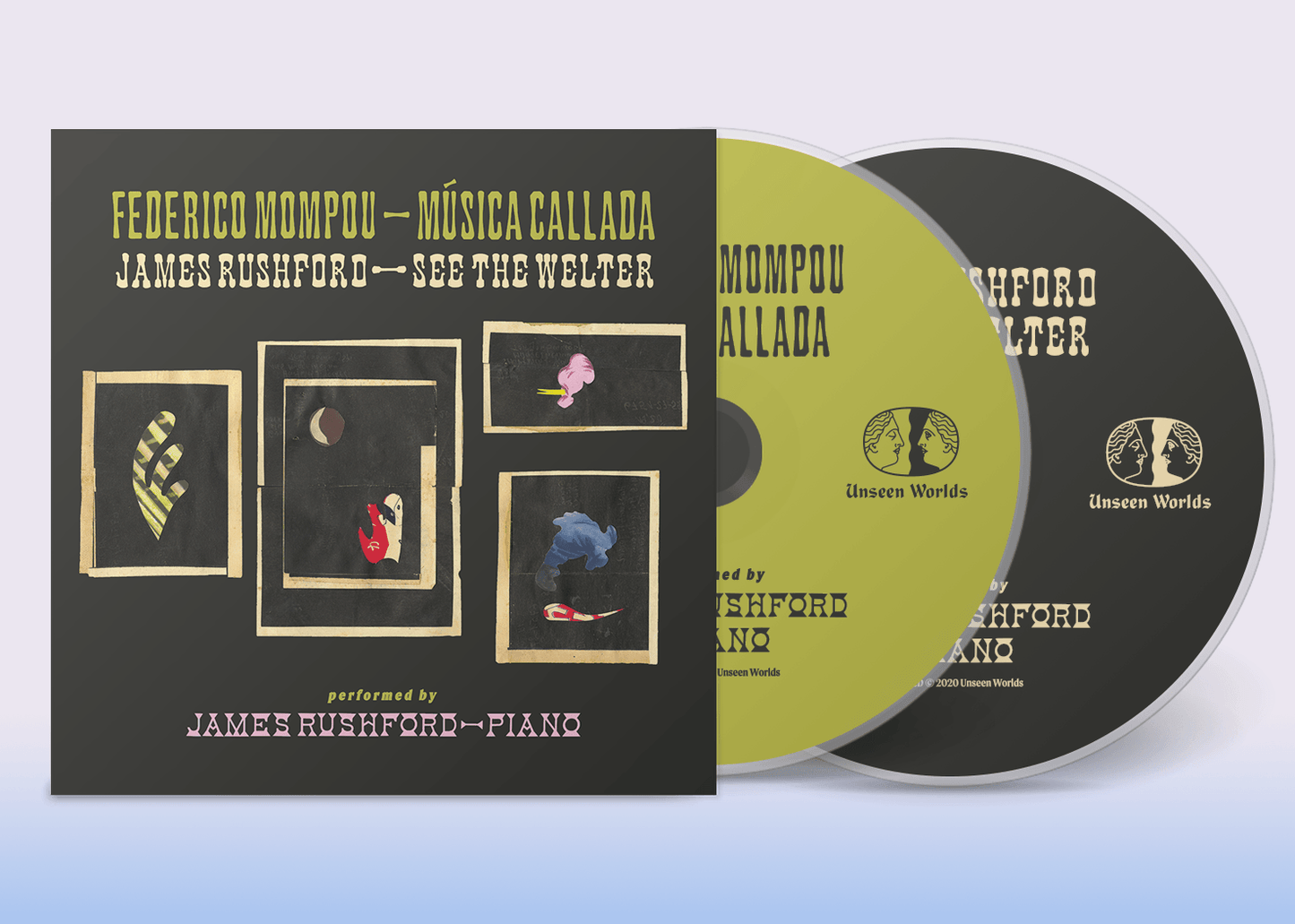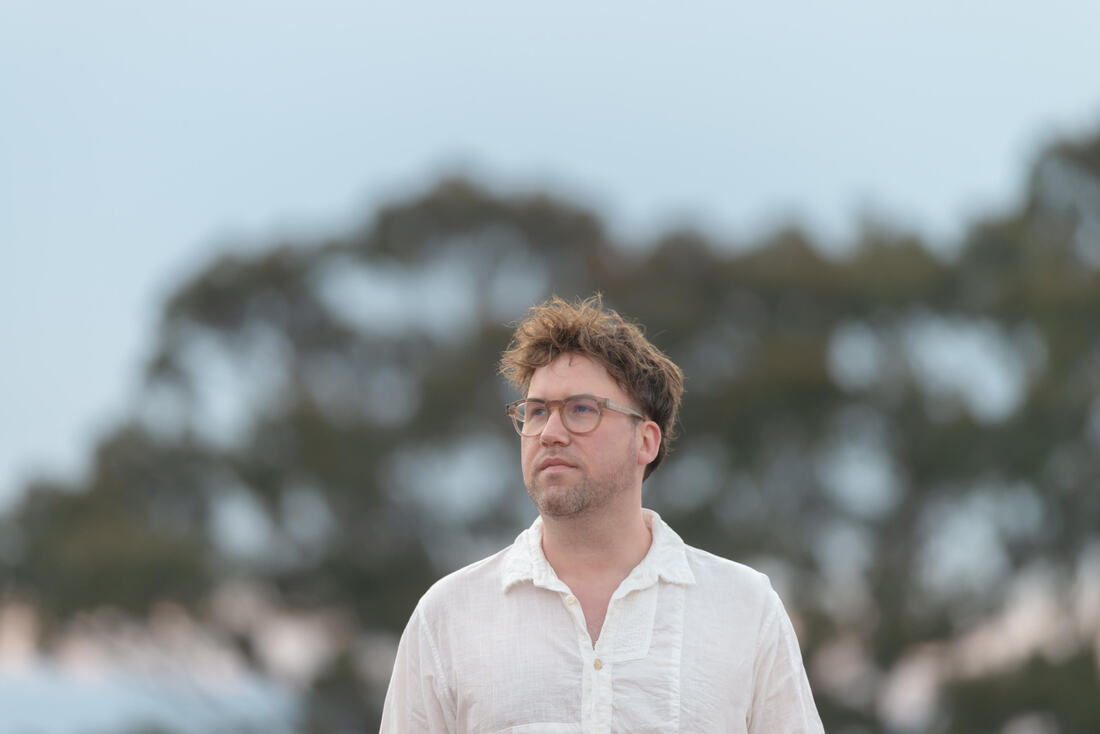
"See the Welter", Score and Notes by James Rushford
The seven pages of See The Welter in score form, with notes by the composer.


The imagery of musical forms emptied of earthly meaning, of solitude, and of a connection to the divine were irresistible to Federico Mompou. A desire to be alone had shaped Mompou’s early musical direction: as natural shyness ended his ambitions to be piano virtuoso, after studies at the Paris Conservatoire he turned to composition instead. His approach remained introspective – far removed from the overt and public expressions of the avant-garde, both before and after the Second World War – and pursued a line inwards, towards Catalan traditional music, idiosyncratic technique, and a spiritually clarified instinctivism inspired particularly by Erik Satie. The four books of pieces are considered by some to be Mompou’s masterpiece. Música Callada creates a sort of musical negative space, in which presence (of external references) creates lightness, and absence (of formal complexity, of counterpoint, of thematic or harmonic development) creates weight and substance.
Metaphors such as these also lie behind James Rushford’s See the Welter, composed as a companion piece to Música Callada in 2016. In See the Welter, Rushford introduces a concept of ‘musical shadows’. The aim is not a recognizable transcription or recomposition of Mompou’s twenty-eight pieces, but a sort of Proustian ‘sieving’, in which memories and sensations – such as finger pressures, resonances and harmonic rhythm – are projected across a new surface, in new forms, and as new memories. Just as a shadow both intensifies and diffuses the form of the object by which it is cast, so Rushford’s piece transforms and scatters the details of Mompou’s collection while intensifying its essence. Compositionally, the piece is the inverse of Mompou’s: a single block in place of a multitude of fleeting impressions; its long shadow. Expressively, however, See the Welter explores the same territory, if seen through the other side of the glass: resonances and absences, silences within sounds, luminosity and intensity, bodies within spaces.
DIGITAL TRACK LIST
Federico Mompou-Música Callada
James Rushford-See the Welter

James Rushford is an Australian composer-performer, whose work is drawn from specific concrète, improvised, avant-garde and collagist languages. In recent years, Rushford’s solo work has been guided by his theorisation of sonic images, particularly the shadow. Rushford has longstanding performance practices on piano, synthesizers and electroacoustic devices, and portative organ, bringing to all of these a delicacy of touch and a harmonic sensibility in which unorthodox tunings coexist with influences from fin de siècle Impressionism, the 20th century avant-garde, and many strains of popular music.
In 2017, James completed a Doctorate from the California Institute of the Arts.